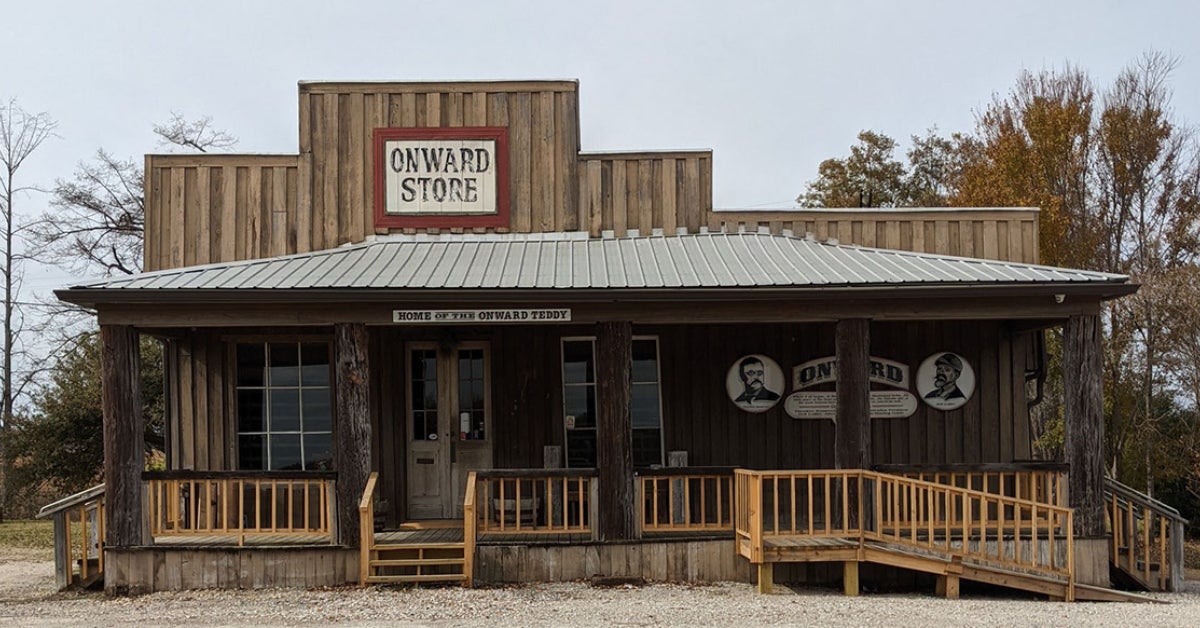Phlox dazzles the South with color, fragrance
Published 11:59 pm Friday, April 1, 2011
Cherished garden flowers abound in old Southern gardens. None is more colorful than those belonging to the Genus Phlox, the Greek word for flame.
Blue woodland phlox, always the first to bloom in spring, is followed by oh-so-fragrant creeping phlox and then the taller summer or garden phlox. All are fragrant, attractive to butterflies and offer rich color to a landscape while they are in bloom.
There are more than 60 species of phlox. All are perennial except for the P.drummondii, an annual with bright red flowers that is native to Texas. Phlox paniculata or summer garden phlox is the most commonly available at nurseries.
Two new introductions are improved versions on the older types.
David, a pure white garden phlox, was named 2002 Perennial Plant of the Year. With a long summer bloom season, it is quite fragrant and mildew resistant, a problem that plagues many of the older garden phlox varieties.
It needs space as each plant stands 36 to 40 inches tall and has flower panicles or clusters that can be 6 to 9 inches long and 6 to 8 inches wide.
Another more disease-resistant variety is John Fanick. Large heads of light pink flowers with a darker eye have created rave reviews particularly in Texas where it was named a Texas Super Star, the equivalent of our Mississippi Medallion Program.
The newest introductions are hybrids developed from the only annual phlox species, P. drummondi.
The 21st Century series comes in magenta, red, rose and white. Pan American seed states that it blooms heavily from spring until frost on vigorous, lateral branching mounds and is quite heat tolerant. It likes a sunny location but will tolerate partial shade for part of the day.
Another annual phlox group that really caught my eye





